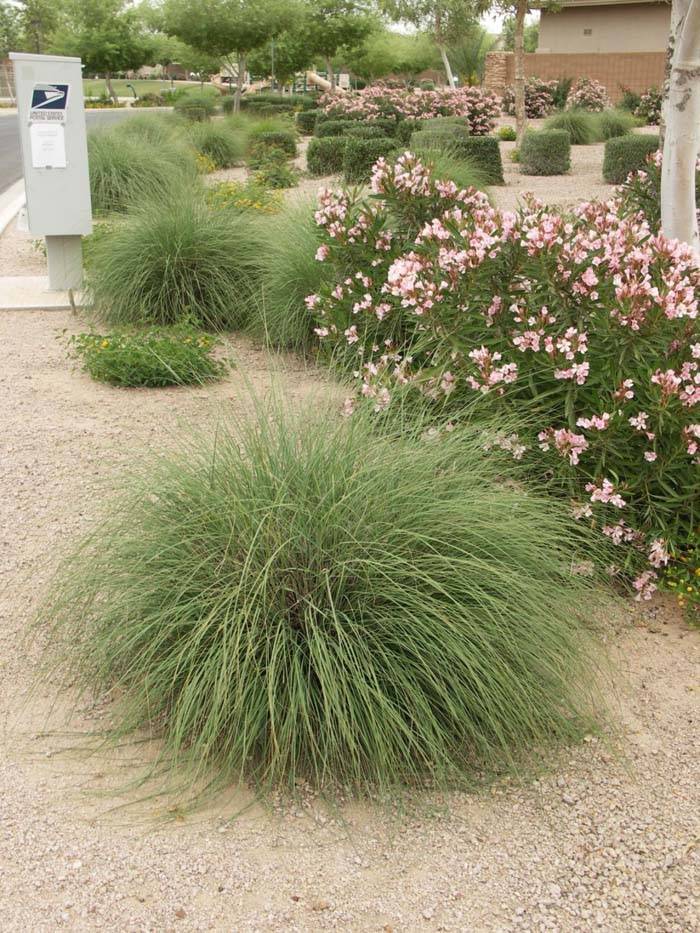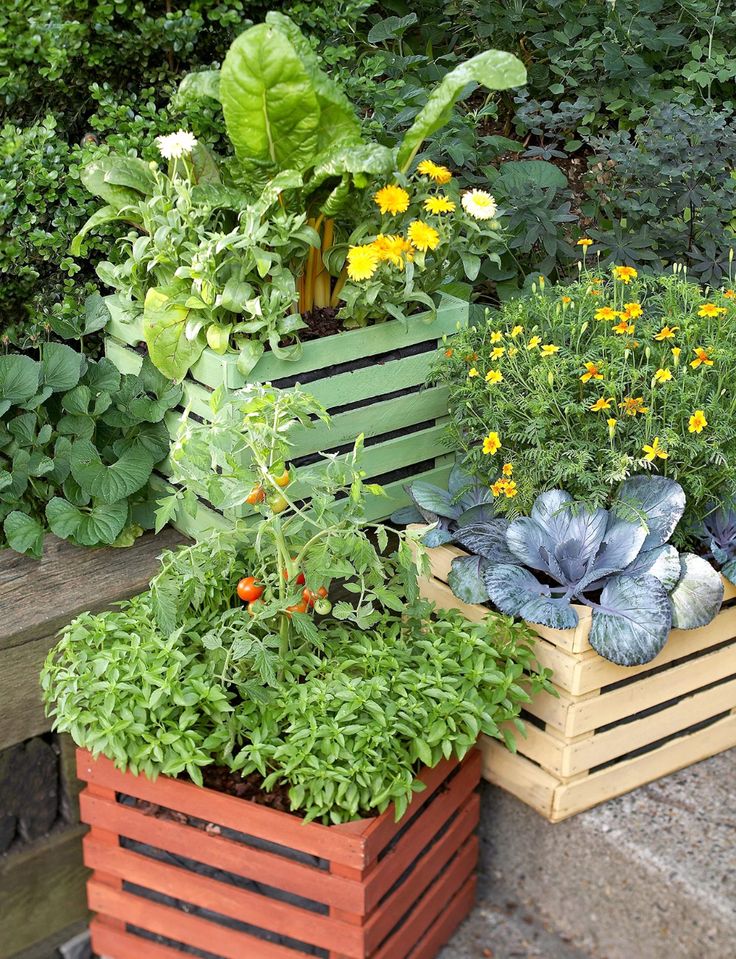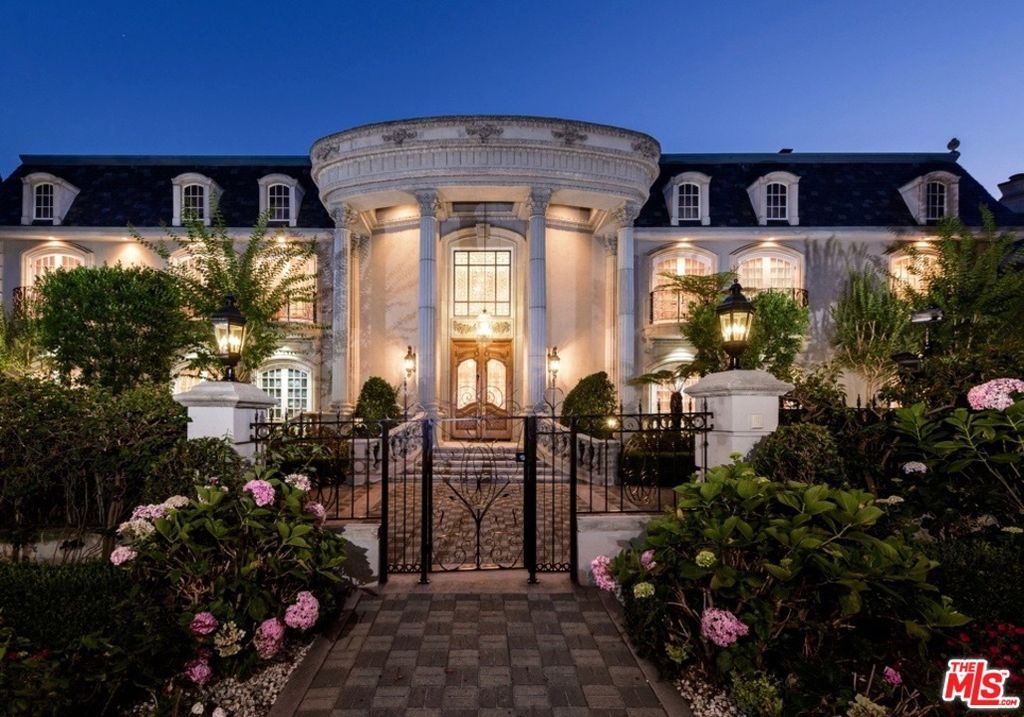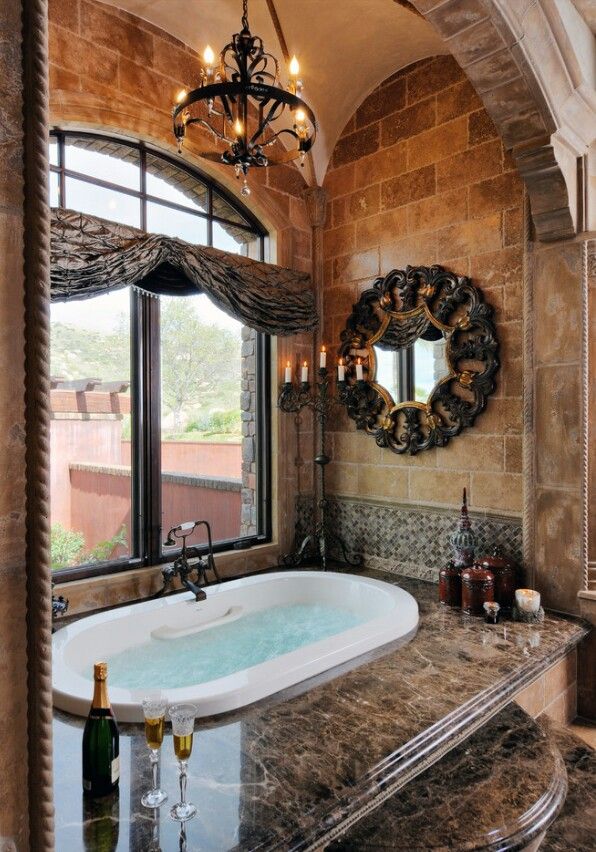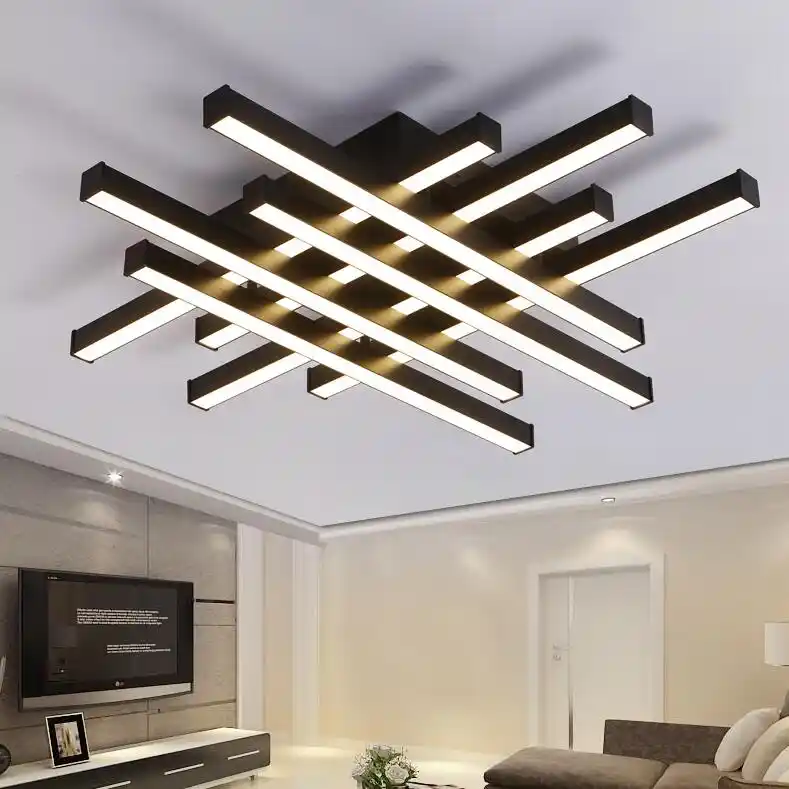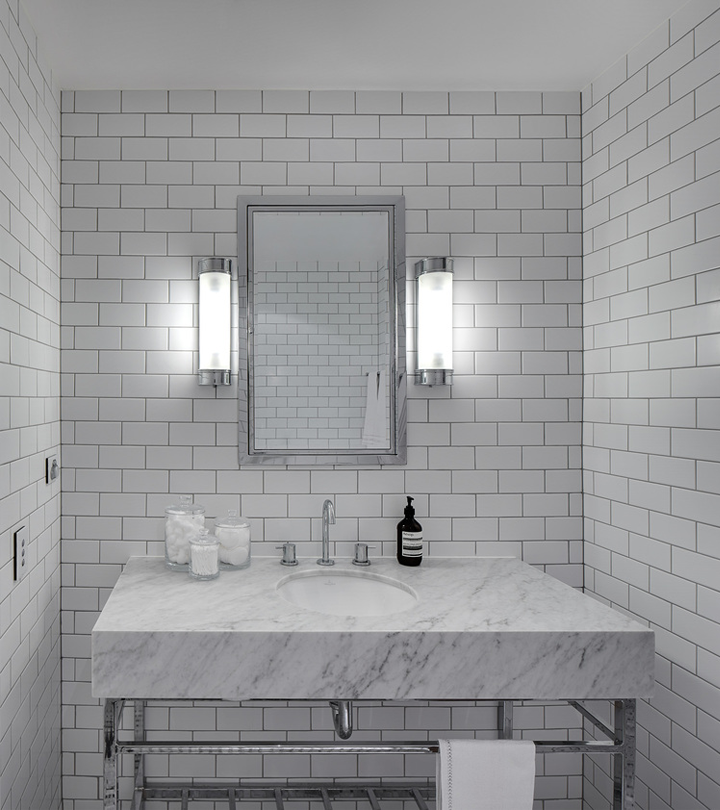Watering ornamental grasses
How Often to Water Ornamental Grass?
Growing ornamental grasses are a popular gardening hobby. These grasses are valued for their beauty and can be planted in many different types of gardens. They can grow in a range of soil conditions and some varieties are drought-tolerant, requiring little to no irrigation. Ornamental grasses also help keep pests away and provide shelter for birds, small animals, and insects.
In this article, we’ll be taking a look at how often to water your ornamental grass. The answer will vary depending on a bunch of factors. We’ll analyze those factors and how they affect your ornamental grass’s watering needs.
How often to water ornamental grasses
When it comes to how often to water ornamental grasses, the answer depends on a variety of factors. For example, is the ornamental grass planted in a pot or in the ground? Is it in direct sunlight or does it only get a partial day of direct sunlight? What has the weather been like recently?
Generally speaking, the best way to determine how often to water your ornamental grass is to check the top half-inch of soil for dampness. As a rule of thumb, if it’s dried out, give the ornamental grass some water. If it’s still damp or moist in the top half-inch, then no need to water the ornamental grass.
Watering ornamental grass seedlings
When it comes to how often to water ornamental grass seedlings, you want to make sure you give your young ornamental grass the water it needs for its early growth.
Sometimes ornamental grass seedlings are grown in bunches. These may soak up moisture faster, so keep tabs on the dampness of the soil for these seedlings.
It’s best to water them lightly more frequently than watering them a lot less frequently. Seedlings are more susceptible to “drowning” when they are overwatered. Too much water at once can also cause the plant to uproot itself, as soil washes away easier when the plant doesn’t have a solid root structure in place.
Plan on watering your ornamental grass seedlings every few days, or even daily. Keep an eye on the surface level dryness of the soil, and give the seedlings a sprinkle if it doesn’t look moist.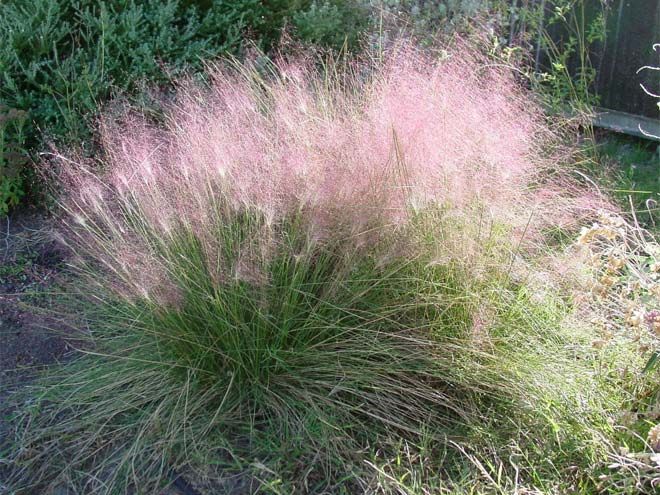
Ornamental grass seedlings are faster to show it if they don’t have enough water, so if the plant is wilting and the soil is dry, not enough water is probably the problem.
Watering an established ornamental grass
Established ornamental grasses should be watered when the top half-inch of soil is dry. Below are specific growing scenarios and information on how often to water the ornamental grass for each.
When to water ornamental grass that is planted outside
Ornamental grassed outside is often healthier, as there’s more chance of direct sunlight, and airflow generally helps to protect it against disease.
Plan on watering your established ornamental grass a few times a week when it’s planted outside. If you’re not sure whether it needs to be watered, you can check if the surface level soil is moist, or if the ornamental grass is wilting.
When to water ornamental grass that is planted inside
Ornamental grasses that are planted inside may not need as much water, as direct sunlight is normally not available.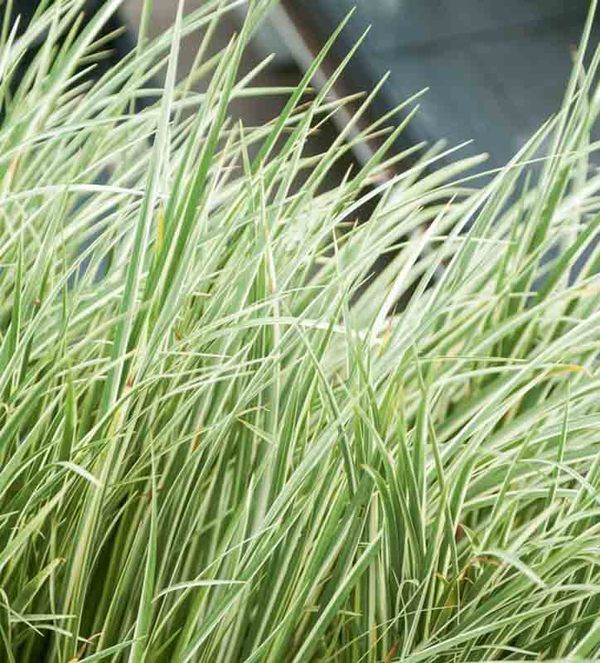 Be extra careful that you aren’t overwatering the ornamental grass inside.
Be extra careful that you aren’t overwatering the ornamental grass inside.
If the ornamental grass is wilting, that could be a sign that it is under or over-watered. Keep track of how moist the soil is to know the difference before watering the ornamental grass more.
When to water ornamental grassed in the landscape
Ornamental grass that are planted in the landscape is able to pull up some moisture from the ground, so it won’t need to be watered as much as ornamental grasses are grown in a container.
When to water ornamental grassed in containers
As mentioned previously, ornamental grasses that is planted in a container will need to be watered more frequently since they don’t have natural water in the ground as a source of hydration.
Things to consider
There are numerous factors to consider when determining how often to water your ornamental grass. Factors like weather, sunlight, the season of the year, and spacing all play a rule.
Weather
Spring weather is generally rainier in some areas, so you may not need to water your ornamental grass as much. Be careful that you don’t overwater your ornamental grass in a season with a lot of rain.
Be careful that you don’t overwater your ornamental grass in a season with a lot of rain.
Sunlight exposure
Most ornamental grass varieties grow great in full sunlight, but in the heat of the summer, you’ll need to keep these plants watered well.
ornamental grasses that are grown in full sun will dry out fast, especially if they are getting direct sunlight during the noon of the day.
Keeping the ornamental grass well watered in these seasons ensures that they’ll be able to produce healthy new shoots of fresh ornamental grasses in the future.
Season
Depending on the season, you may not need to water your ornamental grass as much. In the fall, when the ornamental grass is more established and the cooler weather sets in, you may only need to water the ornamental grass once a week.
Spacing
Ornamental grasses that are planted close together will compete for the same water, and as a result, you’ll need to water them more.
Tips for watering your ornamental grass
Here are some tips for watering your ornamental grass.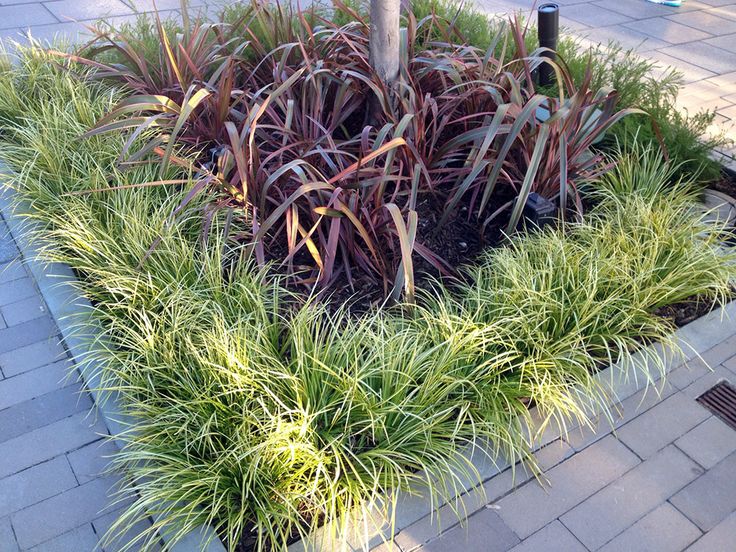
Your ornamental grass may wilt with too much water or too little
Keep in mind that a ornamental grass that is wilting does not necessarily always need water. Sometimes ornamental grass wilt when they have too much water.
Always check the soil dryness to determine if you should give the ornamental grass some water.
It may not be a watering problem, but a fertilizing problem
If the plant is wilting or looking yellow, it may not be your watering that is the problem. You may want to check the fertilizer level of the soil it’s planted in to see if that’s the problem.
Make sure your pot has adequate draining
If you are planting your ornamental grass in a pot, it’s very important that the pot has proper drainage. ornamental grasses are susceptible to root rot if water does not drain through the soil, so well-drained soil is essential.
Repotting
If the ornamental grass needs watering a lot, you may want to re-pot the plant so that it has more soil to spread its roots in.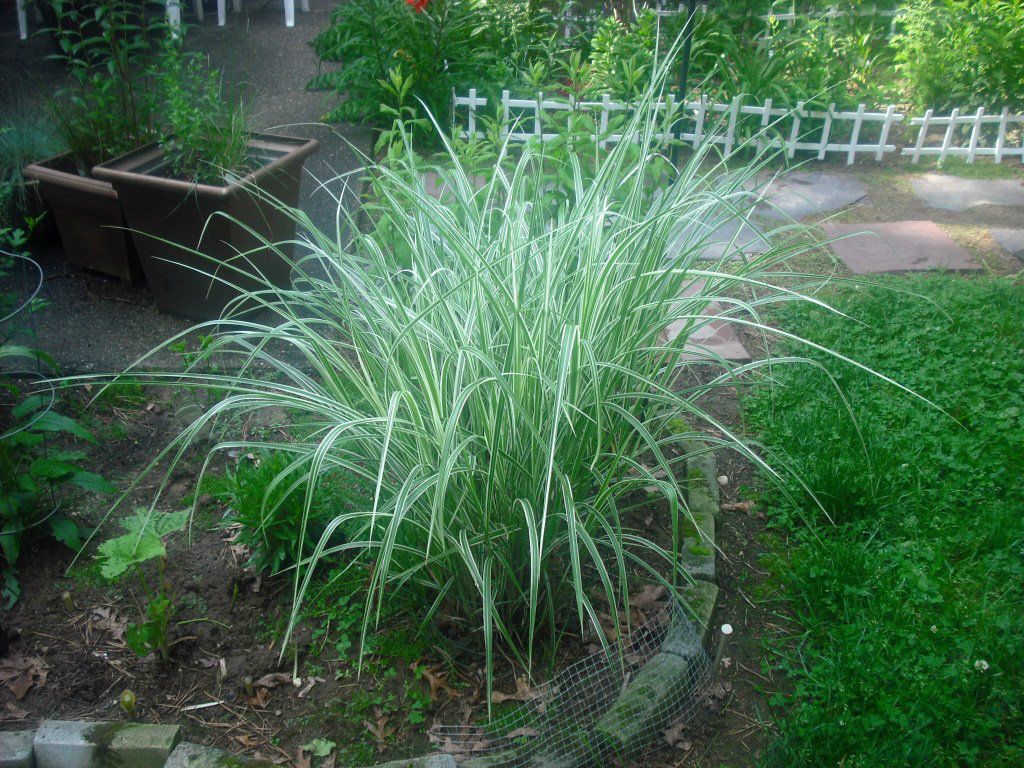
Recap: watering your ornamental grass recap
In conclusion, there are many factors that will affect how often you’ll need to water your ornamental grass. The best and most simple thing to do is check the moisture level in the top half-inch of soil to determine if it needs some water.
Watering Ornamental Grasses - Stark Bro's
Once established after the first growing season, grasses typically don’t require supplemental watering unless adequate rainfall does not occur. Until then, follow these guidelines to get your new plants off to a great start.
NOTE: This is part 10 in a series of 10 articles. For a complete background on how to grow ornamental grasses, we recommend starting from the beginning.
General Guidelines
- If you receive about an inch of rainfall every 10 days or so, your grass will be fine. If the soil gets really dry, you can give your new grass a good, thorough soaking with a hose. The best way to do this is to let your garden hose trickle slowly.
 This gives the water a chance to soak in instead of running off. You can also use a soaker hose to water several plants at once.
This gives the water a chance to soak in instead of running off. You can also use a soaker hose to water several plants at once.
Previous: Spraying Ornamental Grasses
In This Series
- Introduction
Getting Started
- Acclimate
- Location
- Planting
- Soil Preparation
Care & Maintenance
- Fertilizing
- Pest & Disease Control
- Pruning
- Spraying
- Watering
Latest Articles & Videos
How to Protect Strawberry Plants in Winter | Winterize Your Patch with Straw Mulch Winterizing your strawberry patch with mulch can help protect your plants from extreme cold temperatures and ensure a healthy harvest next spring.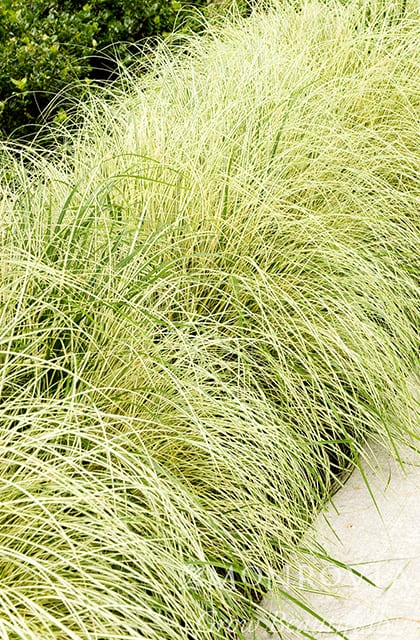 One simple and effective way to do this is by using straw mulch. Here's how to get started:
One simple and effective way to do this is by using straw mulch. Here's how to get started:
How to Know When Apples are Ready to Pick Knowing when apples are ripe may be easier than you think! Follow these simple steps to know when it's time to harvest apples from your fruit tree.
How to Plant Garlic Garlic is one of the easiest and most versatile vegetables to grow! They are naturally hardy, fairly pest and disease resistant, and not too picky on growing locations. They will require loose soil and 6 hours of sun.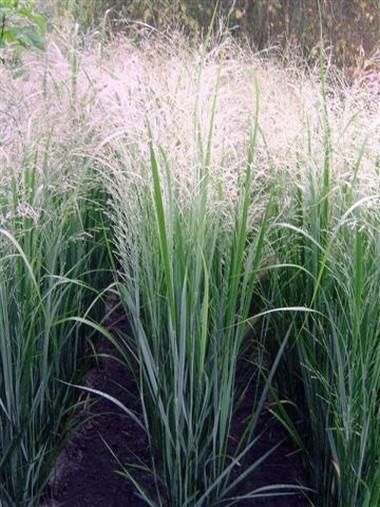
Mowing Strawberry Plants When it's time to prune your strawberry patch, there are several options to consider for cutting back your strawberry plants. Andrew at the Howard Homestead utilized a push mower and bagger to prune his strawberry patch of 400 plants in less than 30 minutes!
Grass garden - tips for selecting and caring for plants
With the fashion for the naturgarden style, ornamental cereals have come to our gardens. Exquisite compositions of herbs, delightfully contrasting with the candy beauty of garden flowers, imitate the corners of ennobled nature, sung by such eminent landscape designers as Piet Oudolf, Rosemary Weiss, Sarah Price and others.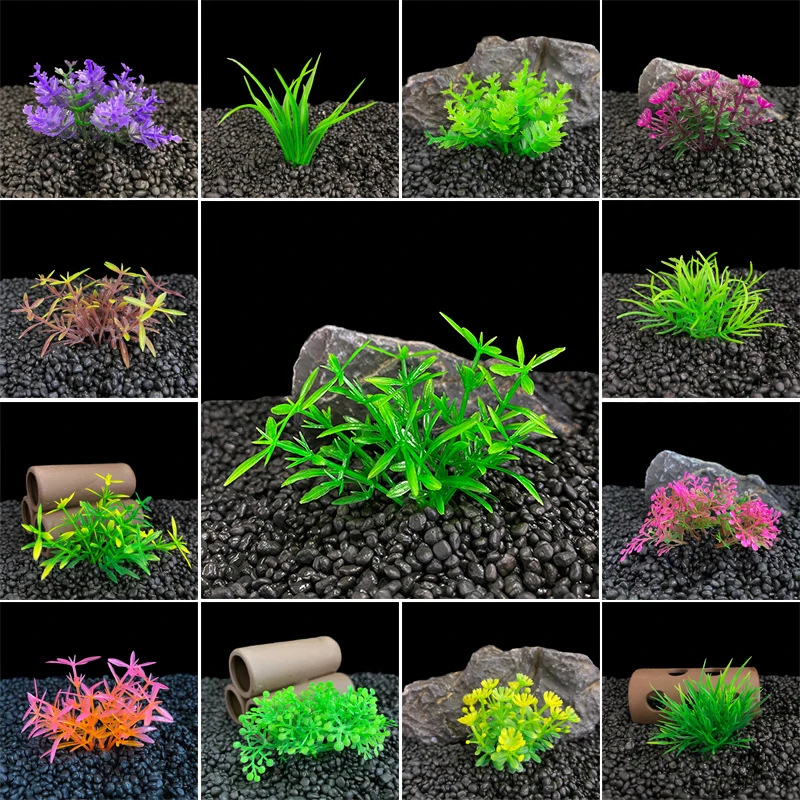
blindly copying the author's compositions, but it's quite possible to single out a piece of the garden for them. And to make it easier for you, we have prepared recommendations for choosing herbs, planting and caring for them, and combining with other plants. nine0003
In the photo - the author's garden of cereals and perennials by Piet Oudolf
Follow us:
How to choose plants
About 1000 species of various cereals grow in Russia, more than 200 of them are highly decorative and are widely used in landscape design. How to navigate in this diversity and what to consider when choosing?
- Climatic conditions.
Herbs that will not freeze in the conditions of the Russian winter can be safely attributed to lightning, miscanthus, reed grass, soddy pike, fescue, grate, falaris, ryegrass . In the southern regions, you can also sow more heat-loving cereals - pampas grass, ornamental millet.
Chinese Miscanthus.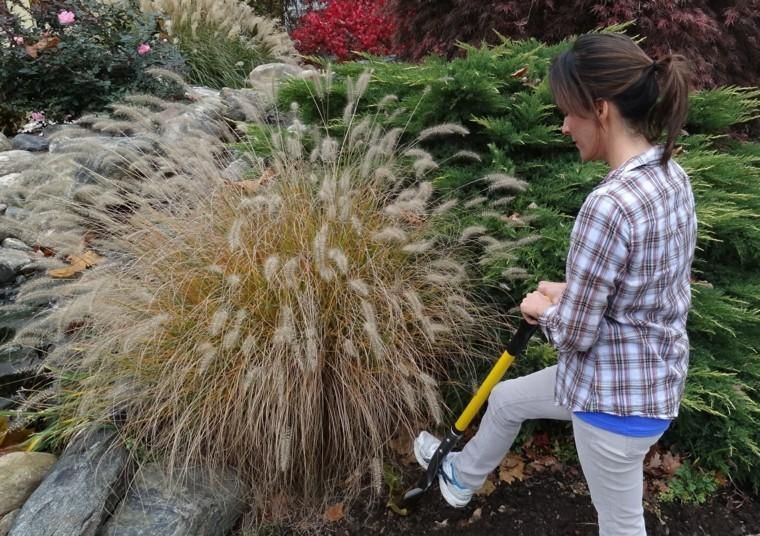 The contrast of upward-pointing inflorescences and arching leaves makes it especially beautiful.
The contrast of upward-pointing inflorescences and arching leaves makes it especially beautiful.
If it is in the shade or on the north side of the house, shade-tolerant forest-type grasses are needed - various varieties reed grass, blue lightning, oak bluegrass .
Steppe and alpine grasses will feel great in the sun - gray fescue, grate, feather grass, maned barley, cylindrical imperial .
sedge, cattail, soddy pike, reed falyaris, miscanthus will take root on the shore of the reservoir.
An openwork lightning creates a transparent veil, especially effective in the rays of the setting sun.
- Decorative features. nine0016
When choosing, take into account the height and habitus of the bush, the rate of its growth, the shape of the inflorescences, the period of the highest decorative effect.
So, if you need low cereals for an alpine hill or for decorating a border, gray fescue, bulbous ryegrass, gray keleria are suitable.
cortaderia, miscanthus are used to create accents and solitary plantings.
If you plan not to cut flower stalks for the winter, you need those that will not break under the first gusts of winter wind. Various varieties will perfectly cope with this task.0019 miscanthus, sharp-flowered reed grass (Karl Foerster variety), spreading rush, reed.
Due to the red foliage of the emperor, cylindrical is suitable for creating accents in the composition
When and how to plant, what to combine with each other
Most ornamental grasses are perennial plants, therefore once grown from seeds, they are subsequently propagated by dividing the bush. Heat-loving cereals ( Imperata cylindric, pinnate, African millet ) we grow it as an annual crop or cover plantings for the winter.
Hybrid forms are purchased in nurseries and planted as seedlings, species can be grown from seeds on their own. Since the seeds need long-term stratification, they are sown in autumn in boxes and left in the cold, for example, they are dropped into the ground and covered with peat on top.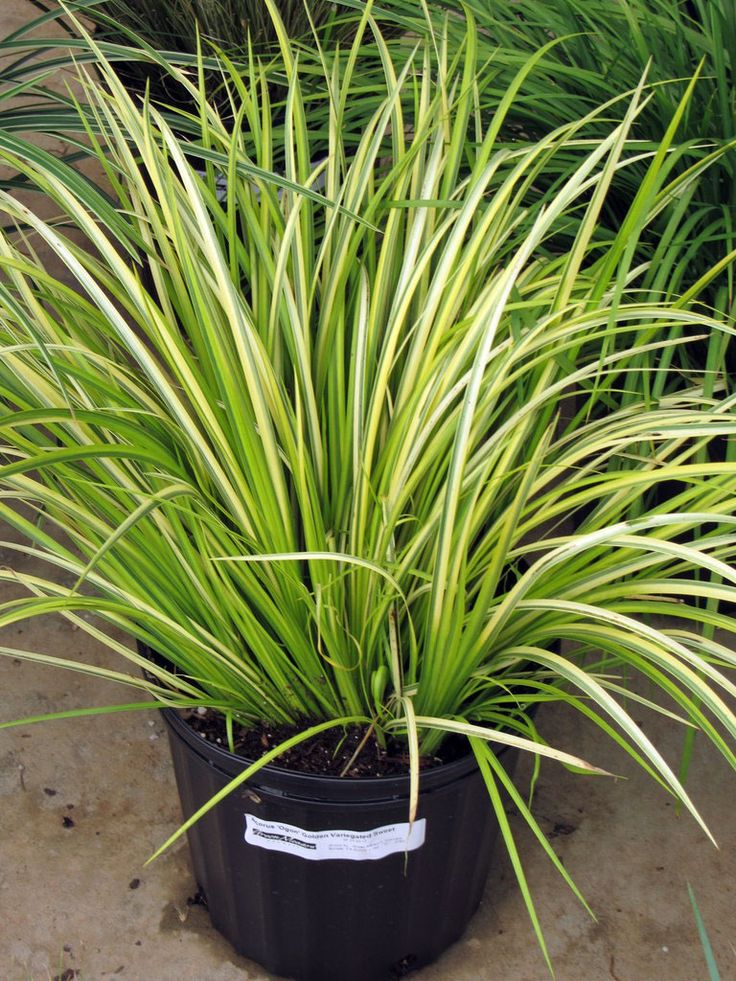 In the spring, the peat layer is removed and the grains are allowed to germinate. The grown seedlings are planted in a permanent place in early summer.
In the spring, the peat layer is removed and the grains are allowed to germinate. The grown seedlings are planted in a permanent place in early summer.
You can divide the bush both in spring and autumn. To do this, they dig it out, divide it into parts of 7–10 sods each, and transplant it to the chosen place. nine0003
The site for planting is prepared depending on which soil the plant prefers. If necessary, drainage is poured into the bottom of the landing hole, the soil is loosened with sand or peat.
Cereals do not need highly fertile soil. On the contrary, in order for the root system to be powerful, it is better to keep them "from hand to mouth"
Herbs are combined with each other, primarily based on agrotechnical preferences. So, you can select several groups with similar queries.
- They like the sun and light, slightly dry soil - gray fescue, cylindrical imperial, grate, feather grass, sandy elimus .
- Will open to the maximum in sunny places with well-drained soil and moderate watering - lightning, sharp-flowered reed grass, blue sesleria .
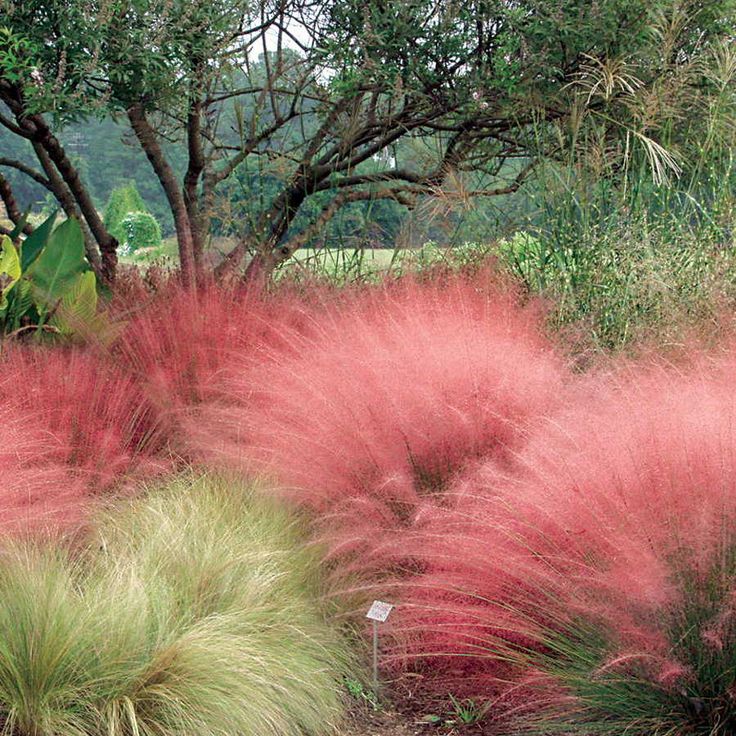
- Prefer partial shade and fertile soil - foxtail, comb spartina .
- Grows best in well-drained and sunny places - reed, falaris, miscanthus, soddy pike , mannik .
The better the combination of grasses, the more natural the composition will look
Caring for ornamental grasses
In the spring, as soon as the snow melts, it is necessary to remove last year's grass residues, thereby accelerating the start of new greenery. Otherwise, care for cereals is the same as for other garden plants - timely weeding, loosening, if necessary, watering.
To keep weeds from sprouting and preserve soil structure, we recommend mulching plantings with decorative gravel or pebbles. nine0003
In the second or third year, the plants can be fed with complex fertilizers at the rate of 30–40 g/m². They are dissolved in water or embedded in the soil in the root zone.
In autumn, the brittle flower-bearing stems are cut off so as not to spoil the winter landscape, and the strong and decorative ones are left until spring.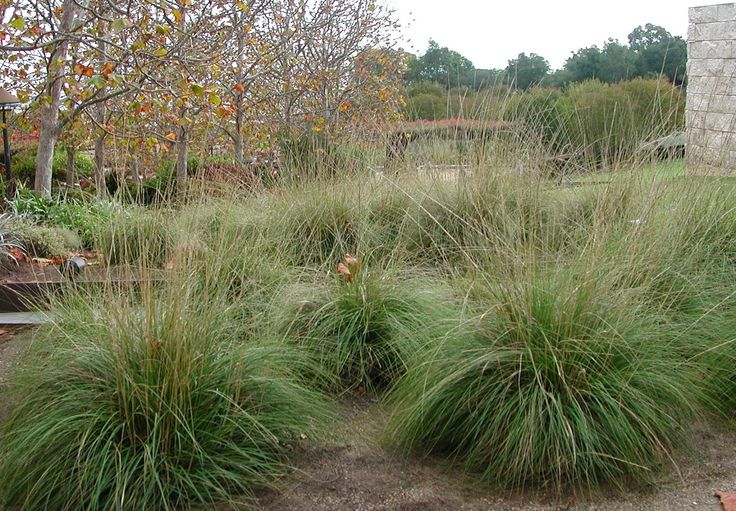
Mountain sedge bushes under the snow
How to use in the garden and what plants to combine with
Ornamental grasses are not by chance so popular in garden design. They create an atmosphere of lightness and naturalness in the garden, add volume to compositions, balance large inflorescences and bright colors. Consider options for their use. nine0003
Monogarden from cereals
Monogardens are such compositions in which plants of the same type occupy at least 80%. When creating a cereal corner, combine high ( miscanthus, cortaderia ), medium-sized ( maned barley, pinnate, feather grass, soddy pike ) and low ( fescue, ryegrass ) grasses.
Select the other 20% of plants to add shape and color. Umbrellas go well with cereals yarrow and stonecrop , spherical inflorescences monarda, burnet, mordovnik , candles foxglove and delphinium , "chamomile" echinacea and rudbeckia .
Do not allocate more than 15–20 m² for a grass corner, otherwise it will look boring and monotonous.
Different types suitable for rock gardens and rockeries fescue, mountain sedge, faliaris, maned barley . They will make a good combination with conifers , they will be perfectly complemented by wild plants and perennials - wormwood, bluebells, subulate phlox, stonecrop , sedum .
In rockeries, cereals are planted in such a way that after pruning for the winter, the emphasis shifts to beautiful monoliths, trees and there are no bald spots in the composition. nine0003
In large flower beds, it is recommended to use large structural cereals - Sugarflower miscanthus, blue lightning, pennisetum bristly, erianthus . delphinium, sage, veronica, liatris, peonies , astilba will suit them as satellites.
If you love roses , fescue, oats, maned barley, mountain sedge will help to emphasize their beauty and grace.
In country flower beds with dahlias, crocosmia, rudbeckia , Phloxes perfectly match ornamental millet, soddy pike .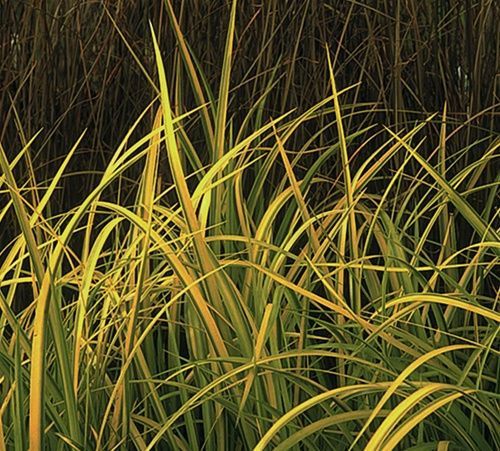
Large cereals create the volume and rhythm of the composition
By the pond
There are many cereal crops that easily tolerate flooding and love moist soil. These are various types of reeds , cattail, sedge . The water also likes to grow miscanthus, reed falyaris, filamentous rush .
Decorate the shoreline with Siberian irises, marigolds, bruners and other water-drinking herbs
In containers
Lately it has become fashionable to plant grasses in containers. They can be used to fill a flower garden, create a background, or, arranging in height, color, create independent compositions.
Container plantings are a great decoration for a terrace or patio
Landscaping project
plot by Sad-dizain
More details
As you can see, creating cereal arrangements is not difficult at all. It's even easier to take care of them. And even a small corner of grass will give your garden a special charm - it will fill it with a pleasant rustle of grass, play with sunlight, create natural and expressive accents.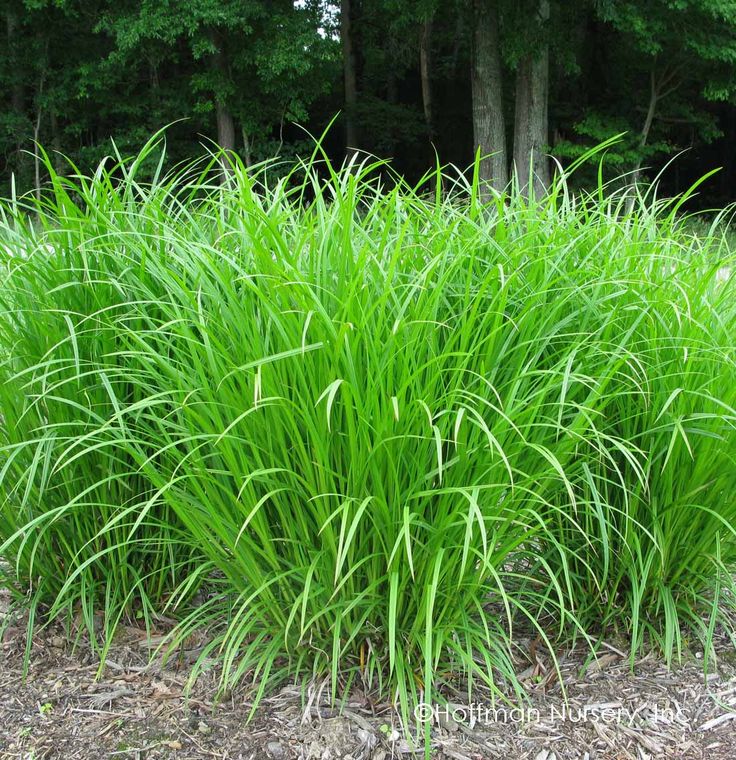 nine0003
nine0003
Video about the types, planting and care of cereals
Ornamental grasses and cereals - 10 plants for your garden
Flower gardens, which were based on ornamental shrubs and perennials, have long sunk into oblivion. Natural flower garden - a favorite of recent years. The style of such flower beds is called the "New Wave". They create a complete sense of harmony and freedom. The basis of such compositions is bulbous, perennials and ornamental grasses. In conversations, you can often hear about tulips, lilies, various types of perennials, but very rarely anyone talks about ornamental cereals. But in vain! A fashionable original site cannot be imagined without representatives of the cereal family, of which there are a huge number of species and which are perfectly combined with other plants or look graceful in single plantings.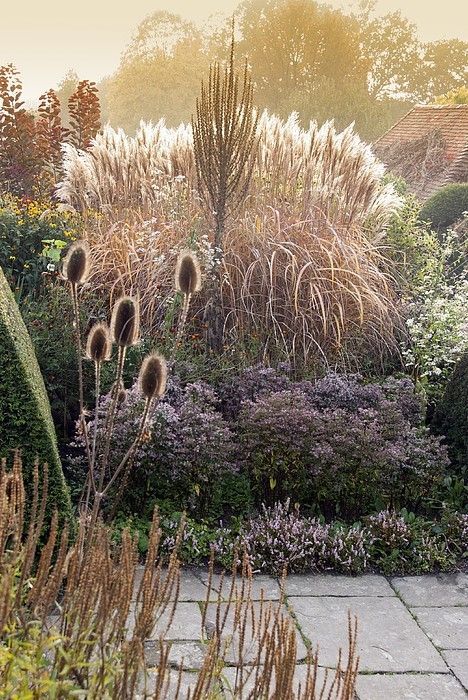 They can decorate a rockery, an alpine hill, place it near a decorative pond or along a path. We offer to get acquainted with the most interesting of them. nine0003
They can decorate a rockery, an alpine hill, place it near a decorative pond or along a path. We offer to get acquainted with the most interesting of them. nine0003
Features of ornamental grasses and cereals for the garden
Before diving into the world of beauty, let's talk a little about the features of growing cereals in the garden. Ornamental cereals are divided into annual and perennial crops. We will focus on perennial cereals. These are unpretentious plants that endure all the vagaries of the Ural weather. They grow in one place for many years and require a minimum of care and top dressing. Despite their simplicity, ornamental grasses are incredibly beautiful not only in summer, but also in other seasons. nine0003
- in spring they are bright green curtains;
- in summer and autumn - inflorescences of various shapes: panicles and spikelets. Cut inflorescences look great in dry bouquets;
- in winter - inflorescences put on snow caps and seem like mysterious guests from a fairy tale.
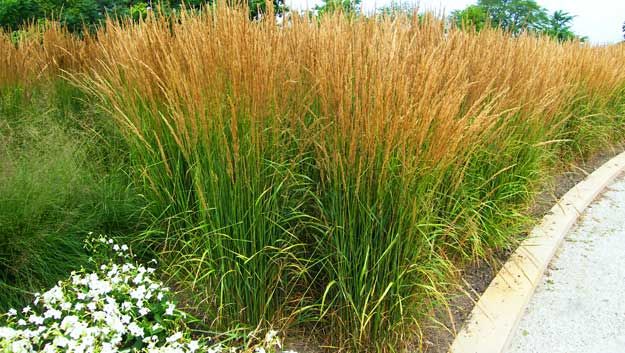
Grasses amaze with their diversity and ability to survive in drought and perfectly adapt to flooded areas:
- forms - upright, growing in clumps, and so on; nine0016
- tall - from small to two-meter giants;
- colors - green, burgundy, pink, brown, yellow, striped, bordered and so on.
In addition, ornamental horticultural grasses have different root systems and are divided into:
- densely tufted;
- loose bush;
- rhizomatous.
This knowledge will help you to properly place the plants on your site.
Next, we can separate the cereals for the period of awakening after winter. This is:
cold-growing cereals - awaken early in spring, quickly gain green mass and slow down growth with the onset of heat:
- reed grass;
- maned barley;
- soddy pike;
- meadow foxtail;
- feather grass;
- mannik large and many others
Warm-growing cereals - awaken late when the soil warms up well:
- Switchgrass;
- Miscanthus;
- Spartina comb.
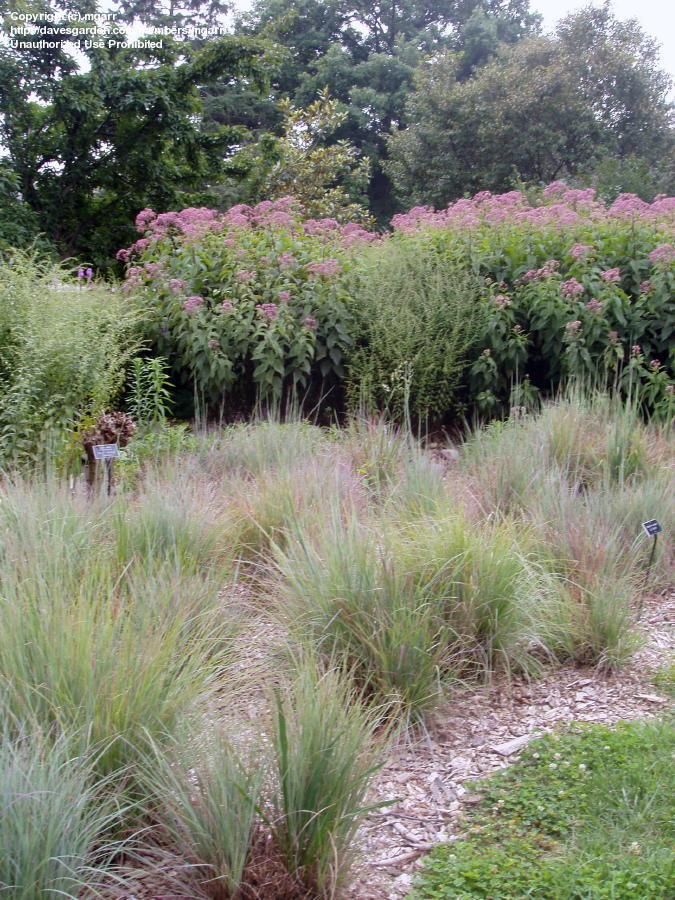 nine0016
nine0016
These plants love warmth and therefore show the first signs of life only when the soil warms up for real. They then grow rapidly. And bloom in the middle of summer.
Due to its unpretentiousness, ornamental grasses in the garden can be grown not only by a professional gardener, but also by a beginner.
Propagation of ornamental grasses
Ornamental grasses for the garden are propagated by dividing the curtain in early spring or by sowing seeds. Seeds are sown in early February. In the first year, the seedling bushes that have appeared are grown on a separate ridge, in order to avoid oppression by other plants. In the second year, the grown plant is planted in a permanent place, taking into account the further growth in the size of the curtain and height. nine0201 Annual grasses can be sown directly into the ground in spring. These include - ornamental corn, black sorghum, setaria (bristle), canary grass, millet, pinnate, lamarckia, haretail.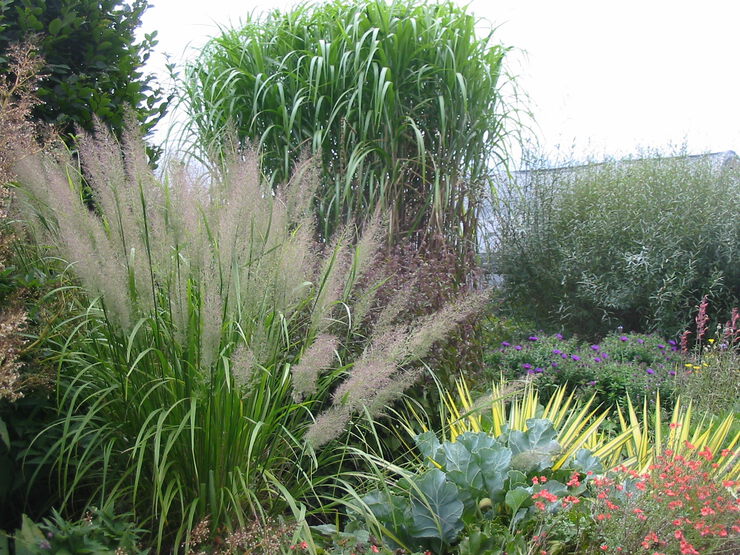
The shape and size of ornamental grass curtains is the most diverse. There are undersized ones that look great in rocky gardens, along the edge of the path. Medium-sized and tall cereals occupy a leading place in flower beds. They are perfectly combined with coniferous plants and shrubs of spherical shape. They get along well with various plants - burnet, euphorbia, stonecrop, phlox, "chamomile" perennials. nine0003
Our top ten herbs for the flower garden
1. Blue fescue is a hardy perennial plant that looks very much like a fluffy tussock. Height up to 25 cm. Winters without shelter, grows rapidly and in the second year the curtain can be divided into two parts. Prefers open sunny position and light fertile soil with good drainage.
Fescue grows well in alpine hills, goes well with low perennials: Carpathian and Pozharsky bellflowers, felt bellflower, Veronica spikelet, geyhera, hosta, lungwort, cuff.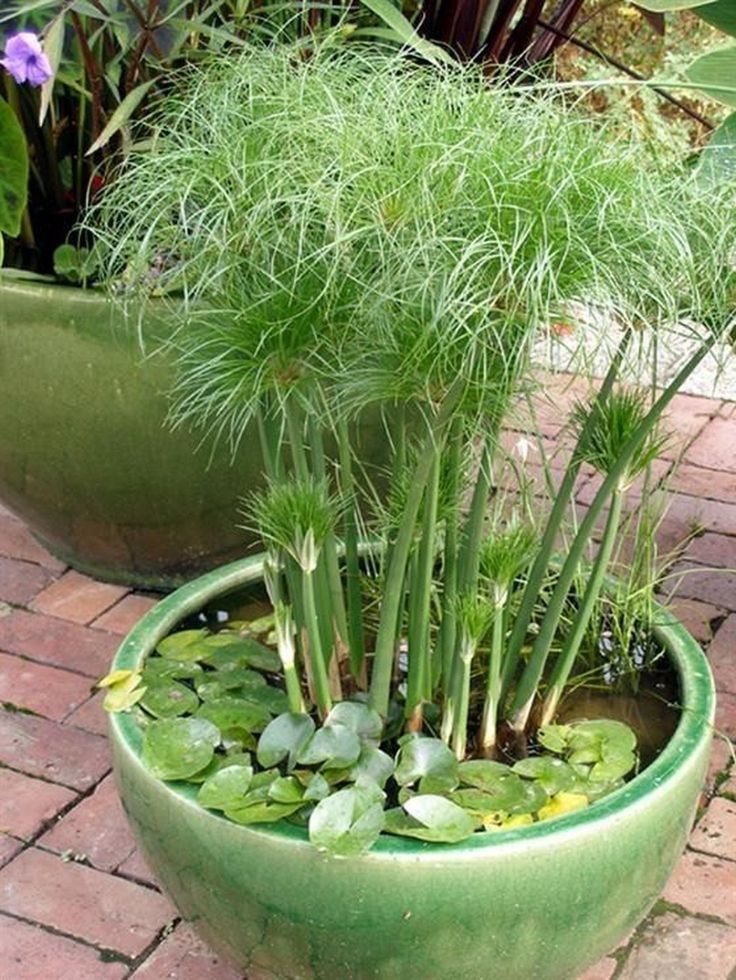 nine0003
nine0003
2. Mannik large or aquatic is a perennial plant. Prefers damp places, not afraid of flooding. It has erect stems 1-2 meters high and long creeping rhizomes. This plant is an aggressor, and if you plan to plant it in your area, then dig in limiters when planting in the ground.
Particularly popular is the Variegaba variety, the leaves of which have yellowish longitudinal stripes, by autumn they acquire reddish tones. nine0003
3. Reed canary, or Filarias is an unpretentious plant that reaches 1.5 m in height. Resistant to rain and wind. Grows in any soil, but prefers moist soil. Feels good in the sun and in partial shade. Winters without shelter. This plant is an aggressor, and if you plan to plant it in your area, then dig in limiters when planting in the ground. Grows in early spring.
Perfectly combines with perennials: peonies, Siberian irises, hostas. nine0003
4. Reed grass is a beautiful perennial plant, unpretentious, but it can be covered in winter to avoid freezing.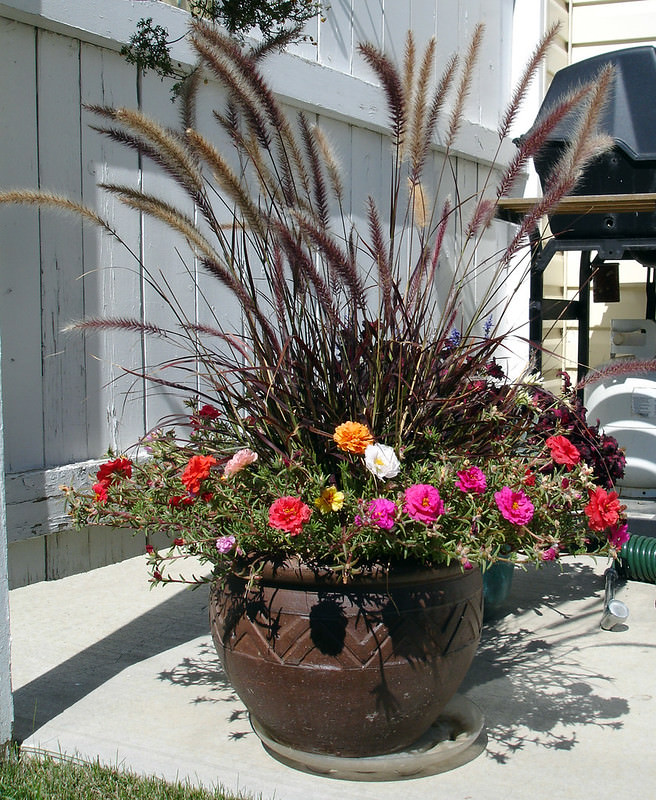 Feels good on heavy clay soils. It grows very quickly, easily tolerates drought, prefers both sun and partial shade.
Feels good on heavy clay soils. It grows very quickly, easily tolerates drought, prefers both sun and partial shade.
Combines very nicely with daylilies, lupins, loosestrife, aconites, anemones, hostas and perennial asters.
5. Evergreen Sheep is a very beautiful blue-silver shrub that is often confused with fescue. The reason for this is a similar shape, but the tussocks of sheep are much higher and more spreading, 30-50 cm high, up to 1 m in diameter. Likes a sunny and dry location. Doesn't like overflow. Does not tolerate transplant well. nine0003
In the neighborhood with coniferous, red-leaved and yellow-leaved barberries and vesicles, with early-flowering small-bulbs, it looks very chic.
6. Pennisetum bristly is a beautiful perennial plant that can give airiness and a unique look to the flower garden. Despite the fact that this is the most frost-resistant variety of the entire large family of pinnate bristles, this cereal is grown as an annual in the Urals.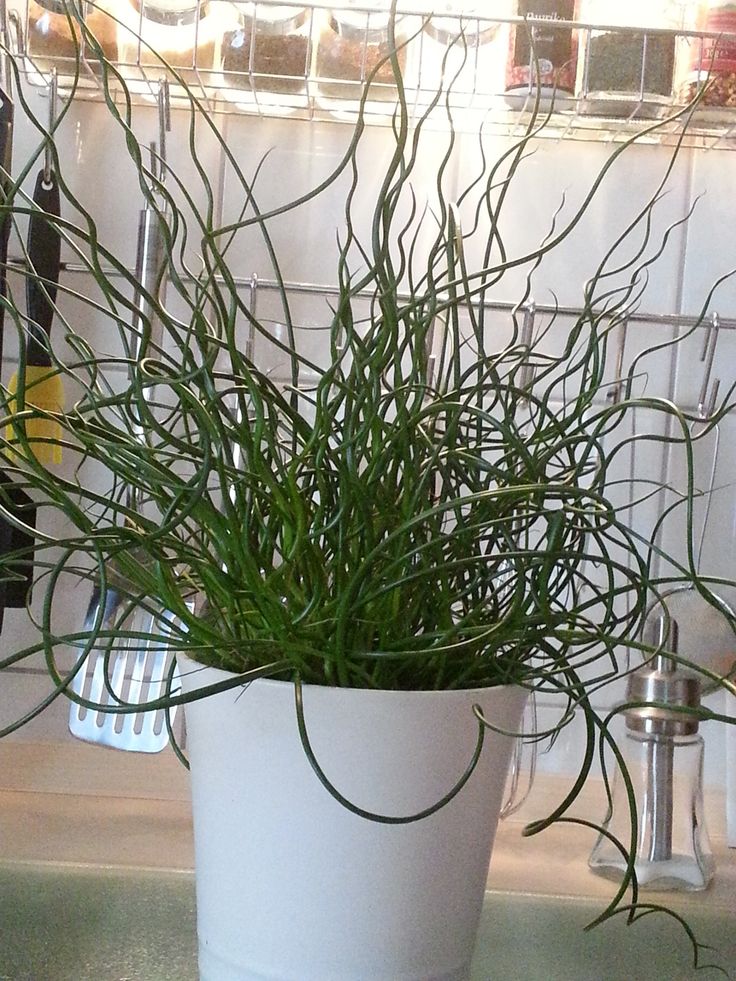 It loves the sun. To the soil is not picky. nine0201 Grows up to 120 centimeters. Stems erect. The leaves are narrow, long, gray-green in color. Spikelets appear in June. Their color changes from light green to yellow-brown as autumn approaches.
It loves the sun. To the soil is not picky. nine0201 Grows up to 120 centimeters. Stems erect. The leaves are narrow, long, gray-green in color. Spikelets appear in June. Their color changes from light green to yellow-brown as autumn approaches.
7. Blue elimus or sandgrass is the most popular perennial garden grass. It is demanding: a lot of light, moisture and sandy soil.
Blue grate leaves look great against rocky backgrounds and near water. Blue elimus will become more beautiful if you place bluebells, lavender, lobelia, phlox and delphinium next to it. nine0003
8. Soddy pike or Lugovik is a perennial unpretentious plant that is perfectly adapted for the Ural winters. Doesn't require cover. Prefers moist soil and moderate temperatures. In hot weather, it requires abundant watering, otherwise it may lose its decorative effect.
Flowering begins in early summer. So that thickets of this plant do not appear on the site, it is recommended in the fall to dig the soil around the planting by more than 5 cm.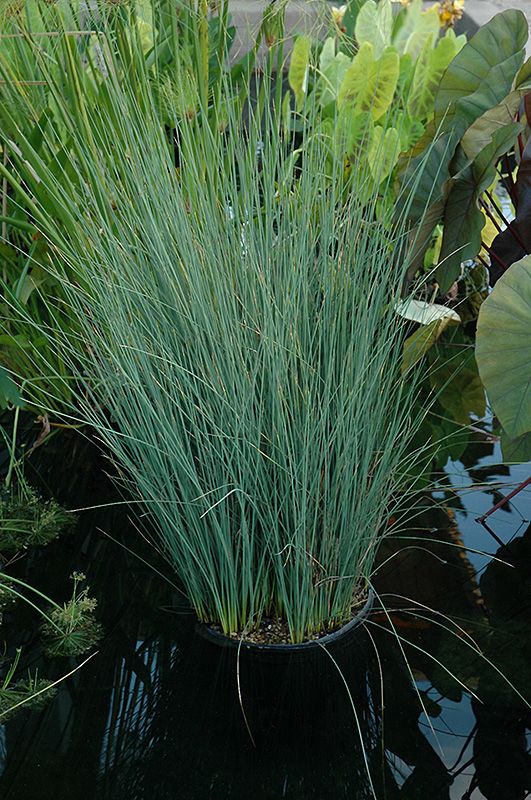
9. Blue Moorhexe (Morheks) - perennial, 40 to 150 cm high. Forms rather loose tufts. Stems erect, leaf blades linear, flat. Panicles compressed or more spreading, up to 50 cm long. Unpretentious - grows well in the sun and in partial shade. In winter, it does not require shelter. In summer, it requires frequent watering in dry and hot weather.
Group planting of lightning is the best option for the New Wave flower garden, near trees or shrubs. nine0003
10. Miscanthus is a perennial unpretentious plant up to 2 m tall. Prefers well-lit places, protected from gusts of wind. Likes rich, moist soil. Winters well. The branched rhizome of an adult plant goes deep into the earth by 6 meters. The plant quickly grows with lush foliage, forming a continuous bright green mass. Starting in July, fan-shaped panicles up to 30 cm long appear. Miscanthus is rightfully considered the king of cereals.
Miscanthus is good in single plantings in the middle of a green lawn, for decorating coastal areas, in mixborders.